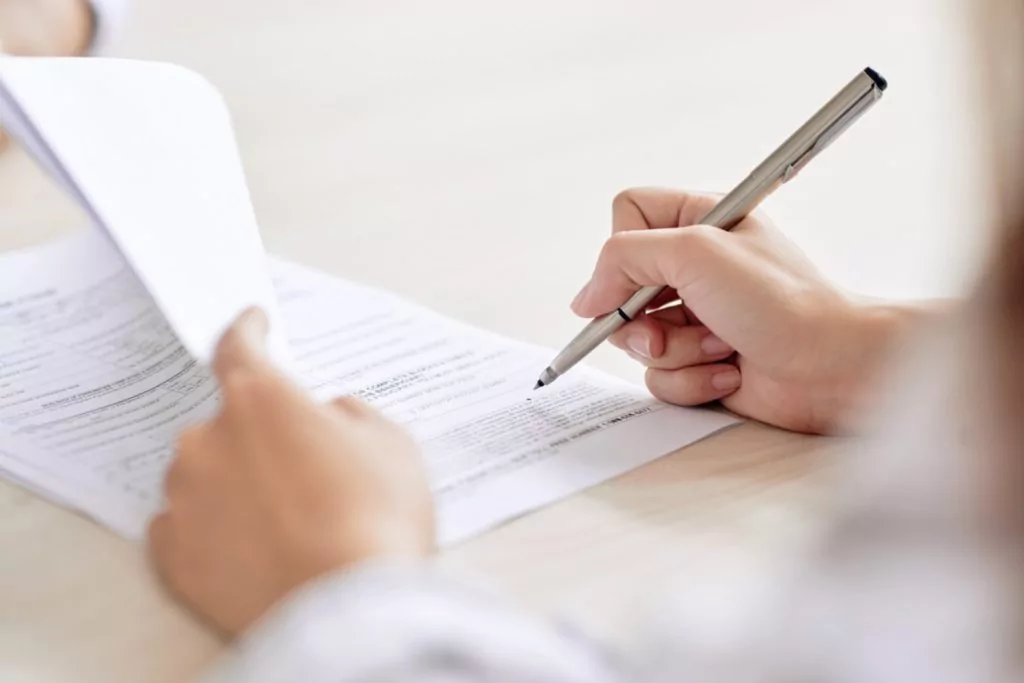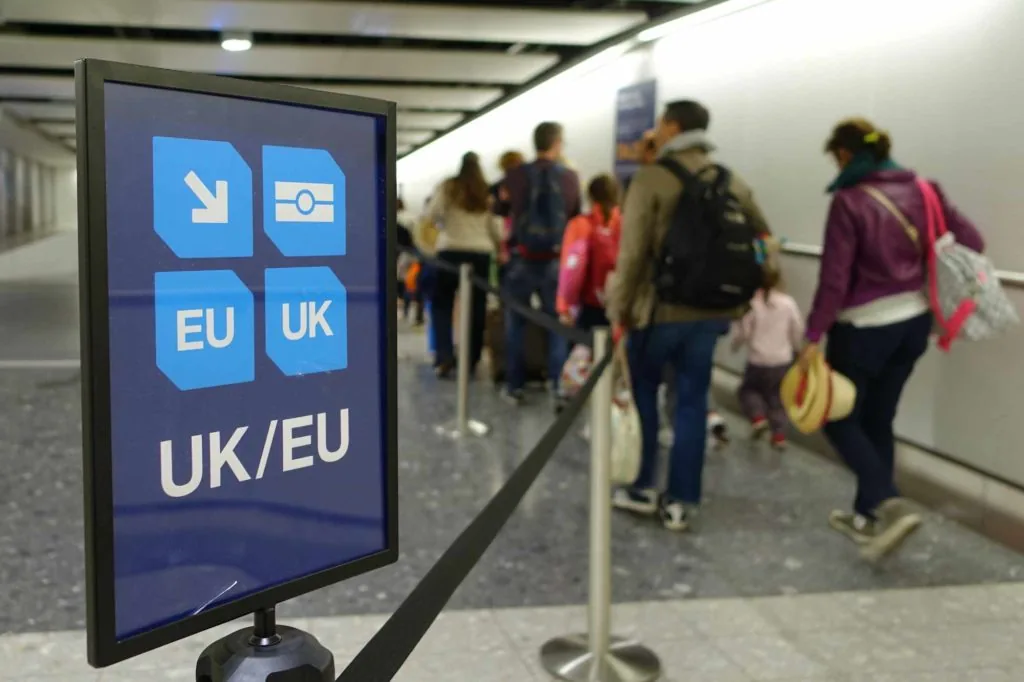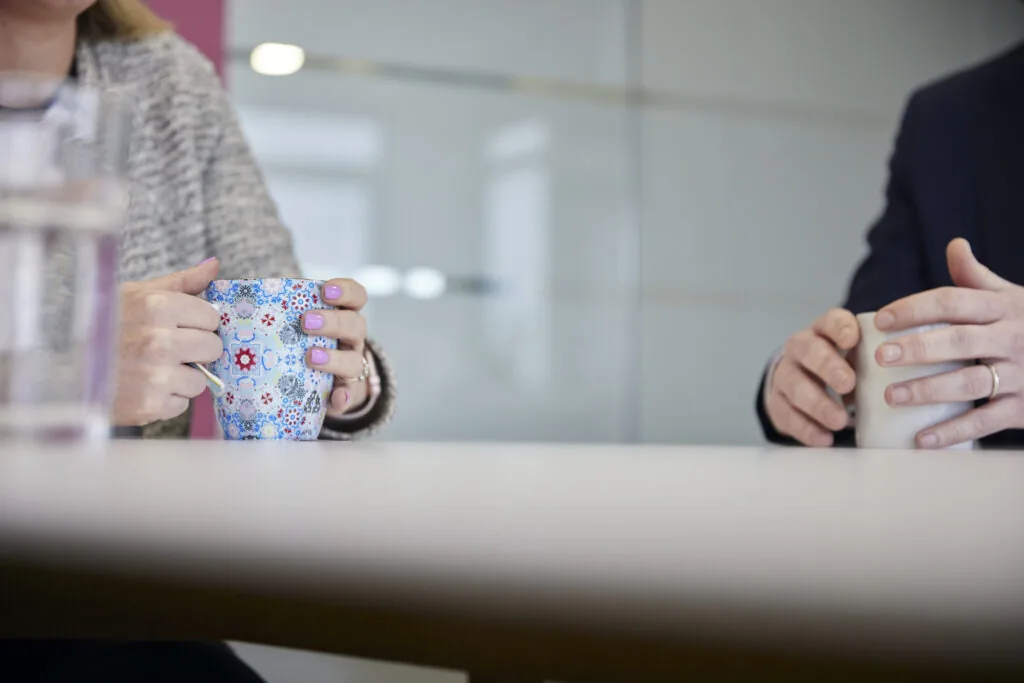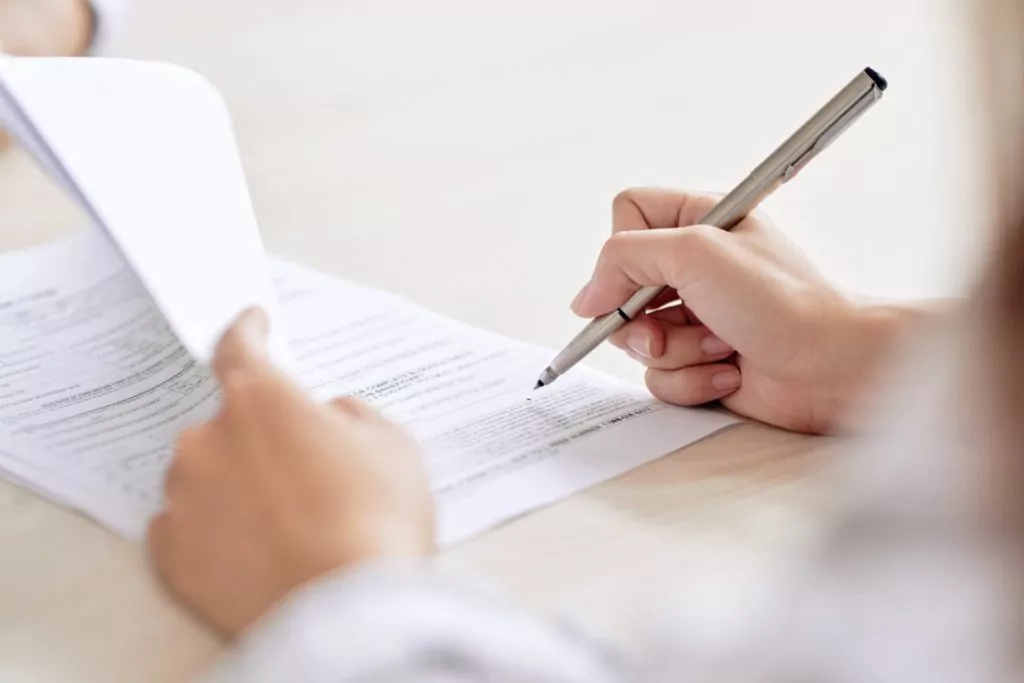
It is best practice to set out in employment contracts the employees' obligations and responsibilities in relation to any intellectual property rights created by them during the course of their employment. Often, we come across contracts which are not water tight and this can cause problems further down the line, either by not managing the expectations of employees or just making it more difficult to secure and protect the rights created.
However, it is not always possible to contract out of certain provisions provided in the relevant legislation to protect the interests of employees and so it is better to address them in the contract. One area is an employee's entitlement to compensation for certain inventions.
In a recent case, the Supreme Court in Shanks v Unilever PLC highlighted that employee inventors are entitled to compensation if they discover an invention which is patented and turns out to be of outstanding benefit to their employer. In fact, Professor Shanks was awarded £2 million in compensation and Unilever no doubt suffered a significant adverse cost order requiring them to pay the legal fees of Professor Shanks as well as their own.
So, what are the circumstances in which an employee can claim a fair share in the outstanding benefit of an invention they make which is patented by their employer?
Background
Professor Shanks was employed by the third respondent, Unilever UK Central Resources Ltd ("CRL"), a wholly owned subsidiary of Unilever plc (CRL, Unilever plc and all other group companies referred to collectively as the "Unilever Group") from May 1982 to October 1986 with a brief to develop biosensors for use in process control and process engineering. CRL was a non-trading company that simply employed several people.
On or around July 1982, Professor Shanks invented a system for measuring the glucose concentration in blood, serum or urine (the "Invention"). In October 1982, he built the first prototype of the Invention: the Electrochemical Capillary Fill Device (the "ECFD"). Further, he developed a similar system: the Fluorescent Capillary Fill Device (the "FCFD"), which uses fluorescence rather than conductivity.
Professor Shanks has never contested that the rights to the Invention belonged to CRL from the outset pursuant to section 39(1) of the Patents Act 1977 (the "Act") (before it was amended in 2004). The rights were subsequently assigned to Unilever plc for £100. These rights remained with Unilever plc in certain territories, including the UK, but were subsequently assigned to other entities of the Unilever Group in relation to other territories.
On 13 June 1984, Unilever plc filed a priority application in the UK which was directed to both the ECFD and the FCFD technologies, with Professor Shanks named as the inventor. A European patent application was filed in 1985 claiming priority from the UK priority application in relation to the ECFD technology only. Further patent applications were subsequently filed around the world by the Unilever Group, which were the subject of the proceedings (collectively, the "Shanks Patents").
By the early 2000's, the ECFD technology appeared in most glucose testing products. Although not a key part of the Unilever Group's business model, seven licences of the Shanks Patents were granted by the Unilever Group for £19.55 million. Further, in 2001, the Shanks Patents were sold for £5 million. The total consideration for the Shanks Patents therefore amounted to £24.55 million, with the Unilever Group receiving the net benefit of £24 million.
History of the proceedings
An application for compensation was made by Professor Shanks in June 2006 and the Hearing Officer provided his decision in June 2013 ([2013] UKIPO BL O/259/13). Here, the Hearing Officer held that the benefit provided by the Shanks Patents were not "of outstanding benefit" to the Unilever Group as their total profit margins were not significantly impacted. Professor Shanks appealed this decision to the High Court ([2014] EWHC 1647 (Pat)) and subsequently the Court of Appeal ([2017] EWCA Civ 2)), however these were dismissed and the Hearing Officer's decision was upheld.
The Supreme Court's decision
The recent Supreme Court decision delivered by Lord Kitchin, a former Patents Court Judge, overturned the decisions of the Hearing Officer and appellate courts and awarded Professor Shanks £2 million in compensation.
When arriving at this decision, the Supreme Court considered the following when answering if the hearing officer had made an error of principle in assessing the benefit:
- What are the principles governing the assessment of outstanding benefit to an employer and did the Hearing Officer apply them correctly?
- How should a fair share of an outstanding benefit be assessed and were the Hearing Officer and Arnold J wrong in their assessment?
Employer's undertaking and outstanding benefit:
Crucially, when considering the employer's undertaking, the Supreme Court found that Professor Shanks' actual employer was CRL, as opposed to the entire Unilever Group, as the hearing officer had originally found. For the purposes of s40 of the Act, CRL's undertaking was the business of generating inventions and providing those inventions and the patents which protected them to the Unilever Group for use in connection with its business.
Further, when assessing if an outstanding benefit was received, the Supreme Court held that “outstanding” means “exceptional”, or, something which stands out; and the benefit is assessed by reference to the employer. In this case, the benefit to be considered is that to the whole group, not just CRL who received £100 from the Invention.
It said that the hearing officer was misdirected in focussing solely upon the overall turnover and profits generated by the Unilever Group and considering whether or not the Invention had an impact of them. Indeed, the Supreme Court held that the benefit which the Unilever Group's patents had generated were:
"...substantial and significant... generated at no significant risk, reflected a very high rate of return, and stood out in comparison with the benefit Unilever derived from other patents. What was more, they could not be attributed to the deployment or application of Unilever’s wider business assets or infrastructure; nor were they found to be the consequence of any leverage Unilever could exert because of its size".
For these reasons, the Supreme Court found that the benefit enjoyed by the Unilever Group was, outstanding within the meaning of s40 of the Act.
Fair share:
When considering the award of compensation under s41 of the Act, the Supreme Court agreed with the hearing officer's award of 5% and rejected Professor Shanks' arguments for a higher percentage.
In reaching this conclusion, the Supreme Court considered various factors, including the fact that the Invention was made in the course of Professor Shanks' contractual duties and that he was employed to invent. Moreover, the Unilever Group did not make a significant effort to commercialise the invention. Nevertheless, the Supreme Court did apply an uplift on the original 5% award to reflect the impact of time on the value of money, meaning an award of £2 million was given.
This judgment arguably lowers the bar for employees claiming compensation and is therefore likely to improve the prospects of employee inventors being able to obtain compensation for the outstanding benefits generated by their inventions. However, the wider issue is to ensure that employee contracts contain the key intellectual property provisions to protect the business and manage the expectations of employees as this will help reduce the general risk of disputes in this area.
Paul Cox
For more information contact me on +44 2380 172212 or email [email protected].












